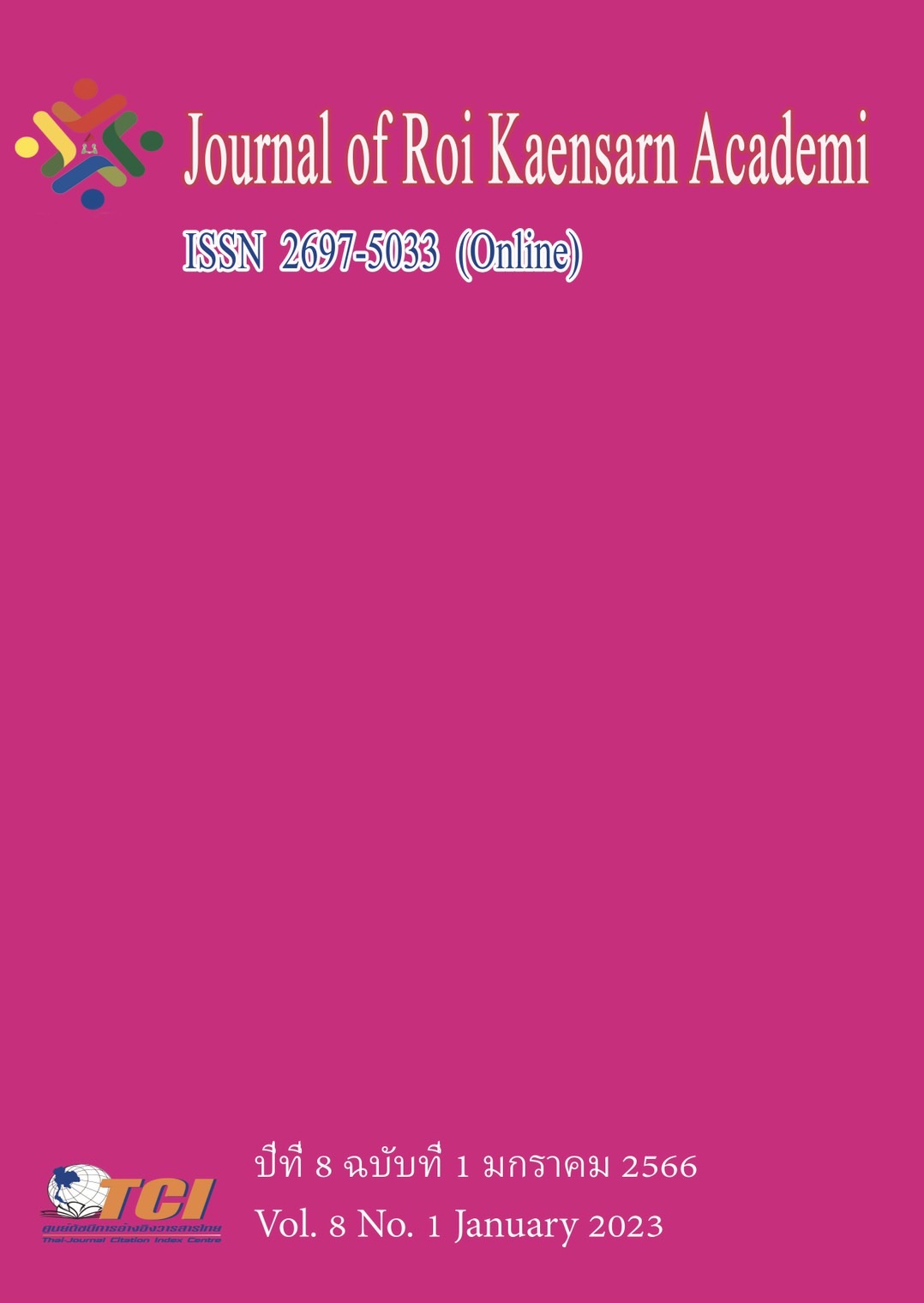เศรษฐกิจจังหวัดและการจ้างงานในประเทศไทย: วิเคราะห์ภาพรวมและรายภูมิภาค
Main Article Content
บทคัดย่อ
บทความนี้มีวัตถุประสงค์เพื่อศึกษาการเติบโตทางเศรษฐกิจและการจ้างงานของจังหวัด และศึกษาความยืดหยุ่นสำหรับความสัมพันธ์ระหว่างการจ้างงานกับผลิตภัณฑ์จังหวัดของไทย โดยใช้ข้อมูลทุติยภูมิซึ่งเป็นสถิติรายจังหวัดในช่วงปี พ.ศ. 2551 – 2562 นำมาวิเคราะห์ข้อมูลโดยใช้ค่าสถิติเชิงพรรณนา ค่าสัมประสิทธิ์จินี และการวิเคราะห์ข้อมูลภาคตัดขวางแบบต่อเนื่อง โดยศึกษาในภาพรวมของทั้งประเทศและแยกวิเคราะห์รายภูมิภาค ผลการศึกษาพบว่า 1) การจ้างงานและจำนวนสถานประกอบการมีการเติบโตช้าเมื่อเทียบกับ GPP และความต้องการใช้ไฟฟ้า 2) สถานประกอบการและการจ้างงานในระบบมีการกระจุกตัวสูงในกรุงเทพมหานครและปริมณฑล และภาคตะวันออก และ 3) ค่าความยืดหยุ่นของการจ้างงานต่อผลิตภัณฑ์จังหวัดในภาพรวมเท่ากับ 0.56 และในภูมิภาคต่างๆ อยู่ในช่วง 0.23 - 0.85 ซึ่งทั้งหมดน้อยกว่า 1 โดยหากแนวโน้มดังกล่าวยังคงดำเนินต่อไปจะส่งผลให้สัดส่วนของค่าจ้างแรงงานในรายได้ประชาชาติลดลง ซึ่งเป็นประเด็นที่ควรต้องคำนึงสำหรับการดำเนินนโยบายการจ้างงานของประเทศในอนาคต
Article Details
เอกสารอ้างอิง
กรุงเทพธุรกิจ. (2561). ผลของความก้าวหน้าเทคโนโลยีต่อตลาดแรงงาน. ออนไลน์. สืบค้นวันที่ 1 เมษายน 2565. แหล่งที่มา: https://www.bangkokbiznews.com/blogs/columnist/118653
สำนักงานประกันสังคม. (2564). ผลการดำเนินการกองทุนประกันสังคม ไตรมาสที่ 1 ปี 2564. สืบค้นวันที่ 1 เมษายน 2565. แหล่งที่มา: https://www.sso.go.th/wpr/assets/upload/files_storage/ sso_th/ 5055efb63f6799847aea612d7697ab87.pdf
Döpke, S. (2001). The employment intensity of growth in Europe (Kiel Working Paper No. 1021). Germany: Kiel Institute of World Economics. Retrieved March 20, 2022. from: https://www.econstor.eu/bitstream/10419/17746/1/kap1021.pdf
Guscina, A. (2006). Effects of globalization on labor's share in national income. Available at SSRN 956758. IMF Working Paper. Retrieved April 1, 2022. from: https://www.elibrary.imf.org/view/journals/001/2006/294/article-A001-en.xml
Hu, A. (2004). Economic growth and employment growth in China (1978–2001). Asian Economic Papers, 3(2), 166-176. Retrieved September 7, 2021. from: https://www.mitpressjournals.org/doi/pdfplus/ 10.1162/1535351044193376
Islam, I., and Nazara, S. (2000). Estimating Employment Elasticity for the Indonesian Economy. Jakarta, Indonesia: International Labour Office. Retrieved March 20, 2022. from: https://research-repository.griffith.edu.au/bitstream/handle/10072/175299/ IslamPUB1861.pdf?sequence=1
Kapsos, S. (2006). The employment intensity of growth: Trends and macroeconomic determinants. In Labor markets in Asia (143-201). London: Palgrave Macmillan. Retrieved March 20, 2022. from: http://ilo.ch/wcmsp5/groups/public/---ed_emp/---emp_elm/documents/publication/wcms_143163.pdf
Mạnh, P. H., Dao, H. T. T., and Van Ngoc, N. (2014). Relationship between economic growth and employment in Vietnam. Journal of Economic Development, 222, 40-50. Retrieved March 20, 2022. from: https://www.researchgate.net/profile/Dao-Ha/publication/319126019_ Relationship_between_Economic_Growth_ and_Employment_in_Vietnam/links/5a8e9130aca272c56bc4903f/Relationship-between-Economic-Growth-and-Employment-in-Vietnam.pdf
Pleic, M., and Berry, A. (2009). Employment and economic growth: employment elasticities in Thailand, Brazil, Chile and Argentina. Human Sciences Research Council, 2-47. Retrieved March 20, 2022. from: https://miriamaltman.com/wp-content/uploads/ 2016/09/ EMP_DEV036_PleicBerry_employmt_elasticit_int_exp.pdf

